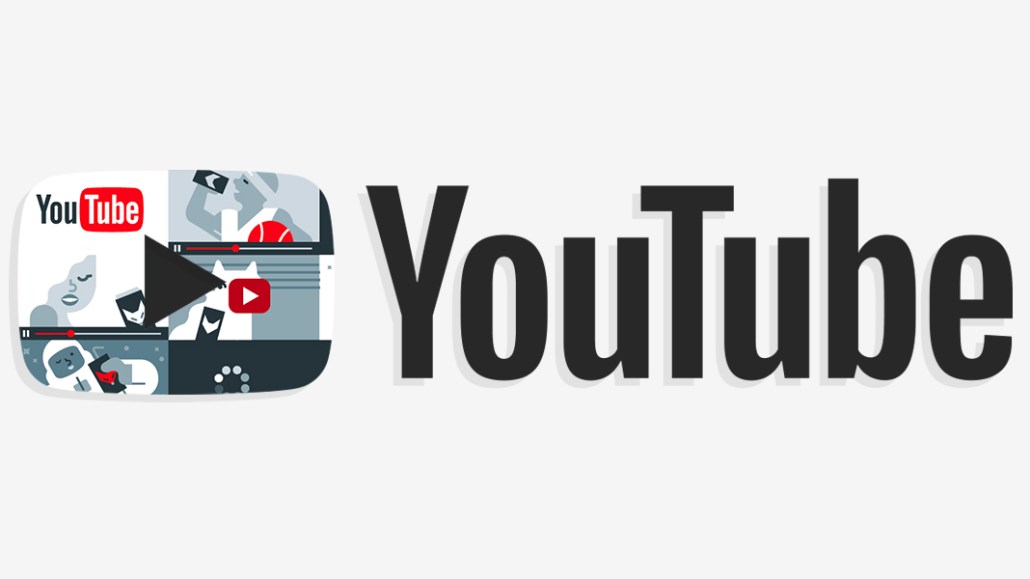Connect with execs from The New York Times, TIME, Dotdash Meredith and many more

YouTube announced it would spend $25 million on news, part of the Google News Initiative that pledged $300 million in March to help the news industry. The money is being used to hire more specialists to support publishers; help publishers build their own video operations; and create a working group with news organizations to come up with new video product features and improve news on YouTube.
YouTube also is expanding its Player for Publishers, a video player that publishers can embed on their own sites and lets them keep all the associated ad revenue. The player launched in Europe in 2015 and is now being used by more than 100 publishers in 25 countries, including The Washington Post and Vox Media.
“News is important, and we’re committed to working with you to help the industry,” said Neil Mohan, chief product officer at YouTube, speaking to news execs and reporters at a YouTube-hosted event to announce the initiatives. “We must do a much better job of supporting quality journalism and the news industry as a whole.”
YouTube has come under fire for allowing extremist and misleading information to spread, so it’s taking a page from parent Google, which has had success painting itself as a friend to the news industry. Mohan was joined by top Google execs who repeatedly talked about their wish to build a “sustainable,” “long-term” news ecosystem.
A panel of publishers including Vox publisher Melissa Bell talked about how YouTube can help with their video ambitions. “The audience wants deep, rich information, and we can provide that for them,” she said.
But as YouTube executives described these latest steps, it’s clear the platform is still trying to find a balance between upholding its roots as open platform and supporting reputable news outlets.
YouTube announced several steps around supporting authoritative news sources, providing context around news search results and directly supporting news outlets.
Other announcements centered around promoting quality news on YouTube. When news breaks, the platform will start showing a short text preview of news articles along with a reminder that breaking news can change fast. It’s displaying news videos more prominently on the home page and has begun surfacing more local news in the YouTube app for TV screens, recognizing that local news is often first on the scene of breaking news and has a high level of trust in its communities.
YouTube also is starting to display information from Wikipedia and Encyclopaedia Britannica alongside videos that deal with a topic that’s been the subject of conspiracy theories, like the moon landing and Oklahoma City bombing. Execs said YouTube is improving the way it chooses recommended videos to favor more authoritative sources, with help from Google News, which uses a lot of signals including web search results rankings and a team of people who assess search results for their quality.
At a time when publishers are casting around for platforms that can supply dependable and lasting sources of revenue and traffic, YouTube has emerged as a favorite, especially as their hopes of getting that from Facebook have waned. At the same time, YouTube’s openness can make it a poorly lit environment for high-quality news publishers. As news is also a relatively small part of YouTube’s videos, it’s only recently been building features for news.
“That’s always a big concern when you’re in a breaking-news situation, competing with conspiracy theories,” said Micah Gelman, director of video at The Washington Post. “So anything YouTube can do to highlight authoritative and trusted news is great.”
YouTube, like other platforms that use secret algorithms, still struggles to explain how it judges a publisher’s authoritativeness, given how polarized people are politically and that one person’s trustworthy news outlet is another person’s extremist propaganda vehicle. The platform seems to be trying to show it’s supporting quality news, but wants to do that by giving users context, which might make people see it as a publisher and not a tech company.
There were other caveats. The expansion of the Player for Publishers is a real potential benefit because it lets publishers keep all the revenue and can drive views for publishers by using YouTube’s algorithm to make video recommendations. But the player depends on Google to backfill with video ads when the publisher can’t sell enough on its own, and the rates might be less than what the publisher can get using another player, said one publisher, speaking anonymously.
Like Google, YouTube insisted that it would not directly fund content creation as Facebook has done, and suggested that its approach was better because its benefits would be lasting. (The cynic’s view is that with this approach, it also may be less noticeable when the funding ends.)
“We’re looking at a sustainable solution rather than funding content,” said Robert Kyncl, YouTube’s chief business officer. “Building skill sets was really important to us.”
But privately, publishers were dismissive of the $25 million package, saying there were few details about how it would work and that it seemed more aimed at helping small publishers with scant video expertise. The funding isn’t actually new, but part of the already announced Google News Initiative. “It’s a joke. It is not a game-changer,” one large publisher griped. In general, some news figures have criticized the platform giants for not doing more to directly fund the industry. Even Google’s $300 million is small considering its billions in revenue and the scope of news publishers’ revenue declines.
Get more exclusive coverage and analysis around the future of video, TV and entertainment by subscribing to our weekly video briefing email.
More in Future of TV

Future of TV Briefing: Inside the measurement issues roiling this year’s upfront market
This week’s Future of TV Briefing looks at the tensions bubbling up in the TV ad market as some TV networks press Nielsen to postpone its decision to deprecate panel-only measurement.

‘Walt Disney is not Mickey Mouse’: The modern creator career path, from full-time to founder
The business of being a creator isn’t a solo show. They have become full-on productions.

Future of TV Briefing: A preview of Digiday’s CTV Advertising Strategies event
This week’s Future of TV Briefing previews next week’s CTV Advertising Strategies event that I’ll be hosting with top brand and agency executives in New York City.








